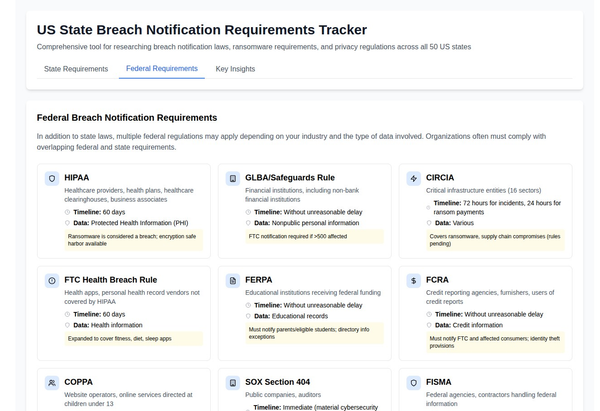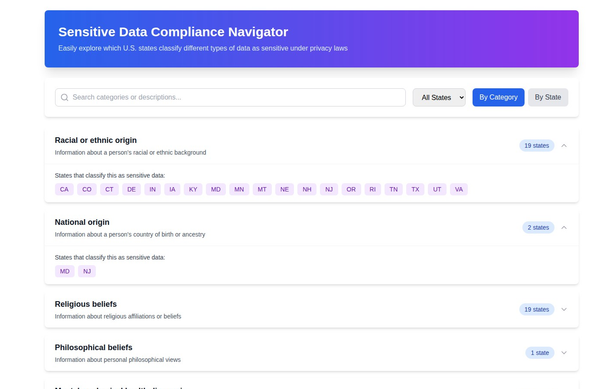NIST Trustworthy and Responsible AI NIST AI 100-2e2023

Key Takeaway
The web page discusses Adversarial Machine Learning (AML) and presents a taxonomy and terminology of attacks and mitigations in the field of AML. It emphasizes the importance of securing AI systems against adversarial manipulations.
https://nvlpubs.nist.gov/nistpubs/ai/NIST.AI.100-2e2023.pdf
Summary
- The web page focuses on developing a taxonomy and terminology for Adversarial Machine Learning (AML) to enhance the security and robustness of AI systems.
- AML deals with threats and attacks on machine learning models throughout their lifecycle, from design and implementation to training, testing, and deployment.
- The taxonomy is organized around five dimensions: AI system type (Predictive or Generative), learning method and stage of the ML lifecycle when attacks occur, attacker goals and objectives, attacker capabilities, and attacker knowledge of the learning process.
- The taxonomy helps categorize different types of attacks, such as evasion attacks, poisoning attacks, and privacy attacks, and provides insights into attacker motivations and capabilities.
- The web page discusses the importance of mitigations and strategies to manage the consequences of attacks on AI systems.
- It acknowledges the challenges and risks associated with AML, including the rapidly evolving nature of attacks and the need for robust AI systems.
- The terminology used in the report is consistent with the AML literature and includes a glossary to assist non-expert readers in understanding key concepts.
- The goal is to establish a common language and understanding within the AML landscape to inform standards and practice guides for assessing and managing AI system security.
- The web page emphasizes that secure and trustworthy AI systems are crucial as AI technologies continue to play a significant role in various applications.
Please note that this summary provides an overview of the content, but the web page likely contains more in-depth information and details related to Adversarial Machine Learning and its taxonomy.
Chapter 1. Introduction
In today's rapidly evolving technological landscape, the concept of Adversarial Machine Learning (AML) has become increasingly significant. This introductory chapter aims to shed light on the importance of understanding AML, the growing concerns regarding AI system security, and the need for a well-defined AML taxonomy and terminology.
1.1. Understanding the Significance of Adversarial Machine Learning (AML)
Adversarial Machine Learning, or AML for short, refers to a field dedicated to safeguarding the integrity and security of artificial intelligence (AI) systems. In an era where AI plays a pivotal role in various industries, ensuring that these systems remain robust against malicious attacks is paramount.
AML focuses on identifying vulnerabilities in AI models and developing strategies to counteract adversarial manipulations. These manipulations can range from subtly altering input data to intentionally misleading AI algorithms, potentially causing severe consequences in applications such as autonomous vehicles, healthcare diagnostics, and financial systems.
1.2. The Growing Concern: Why AI System Security Matters
As AI continues to permeate our daily lives, the vulnerability of AI systems to adversarial attacks becomes a growing concern. Organizations and individuals rely on AI for critical decision-making, and any compromise in AI system security can have dire consequences.
The significance of AI system security can be highlighted by considering scenarios like autonomous vehicles. If an attacker can manipulate the perception system of a self-driving car, it might misinterpret a stop sign as a yield sign, leading to accidents. Similarly, in healthcare, adversarial attacks on medical image analysis models can result in misdiagnoses with potentially life-threatening outcomes.
1.3. Defining the Scope: AML Taxonomy and Terminology
To effectively combat AML threats, it's essential to establish a clear and comprehensive AML taxonomy and terminology. This chapter sets the stage for a deeper dive into AML by emphasizing the need for a structured framework that classifies attacks and defenses.
The upcoming chapters will explore the various dimensions of AML, including AI system types, the stages of attacks in the ML lifecycle, attacker objectives, capabilities, and knowledge levels. By understanding these aspects, organizations can better assess and mitigate AML risks.
Chapter 2. Adversarial Machine Learning (AML) Unveiled
Now that we've grasped the importance of AML, let's delve deeper into this field. In this chapter, we'll explore the fundamentals of AML, including the nature of threats and attacks, and dissect the taxonomy dimensions to gain a comprehensive understanding.
2.1. AML Explained: Threats and Attacks
2.1.1. AML Across the ML Lifecycle
Adversarial attacks on AI systems are not limited to a single phase of their lifecycle. These attacks can occur during the design, implementation, training, testing, and deployment stages. Understanding when and how attacks can happen is vital for developing robust AI systems.
2.1.2. The Pervasive Nature of AML Attacks
AML attacks can be pervasive, affecting a wide rangeof AI applications. Whether it's image recognition, natural language processing, or recommendation systems, no AI domain is immune to adversarial manipulations.
2.2. Taxonomy Dimensions in Detail
To effectively combat AML, it's crucial to examine the taxonomy dimensions that help categorize attacks and defenses. In this section, we'll dive into these dimensions to gain a deeper understanding.
2.2.1. AI System Type: Predictive vs. Generative
AI systems can broadly be classified into two categories: predictive and generative. Each type has its unique characteristics and vulnerabilities when it comes to AML attacks.
2.2.2. Learning Method and Attack Stages
Understanding the learning method and the stage at which an attack occurs is essential for devising countermeasures. Different attacks may target the training phase, while others focus on the inference phase.
2.2.3. Attacker Goals and Objectives
Adversaries have various objectives when launching AML attacks. Some aim to cause misclassification, while others seek to extract sensitive information. By understanding these goals, we can tailor defenses accordingly.
2.2.4. Attacker Capabilities
The capabilities of attackers vary widely. Some may possess extensive resources, while others rely on limited means. Assessing these capabilities helps in estimating the potential threat level.
2.2.5. Attacker Knowledge of the Learning Process
The level of knowledge an attacker has about the target AI system's learning process can significantly impact the effectiveness of their attacks. Some may possess insider knowledge, while others operate with limited insights.
In the subsequent chapters, we will delve deeper into each dimension and explore the types of AML attacks and the associated challenges and open questions in the field. Our journey through the world of Adversarial Machine Learning continues, highlighting the importance of securing AI systems against adversarial manipulations.





